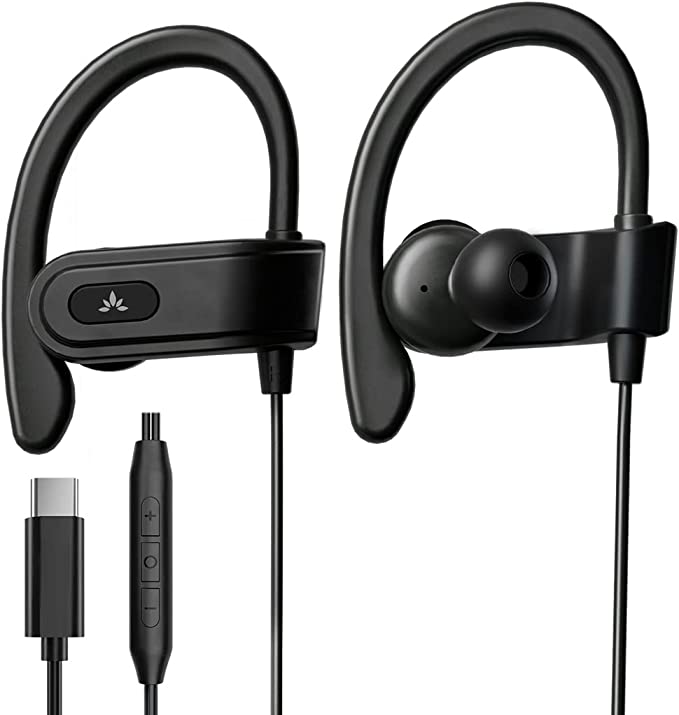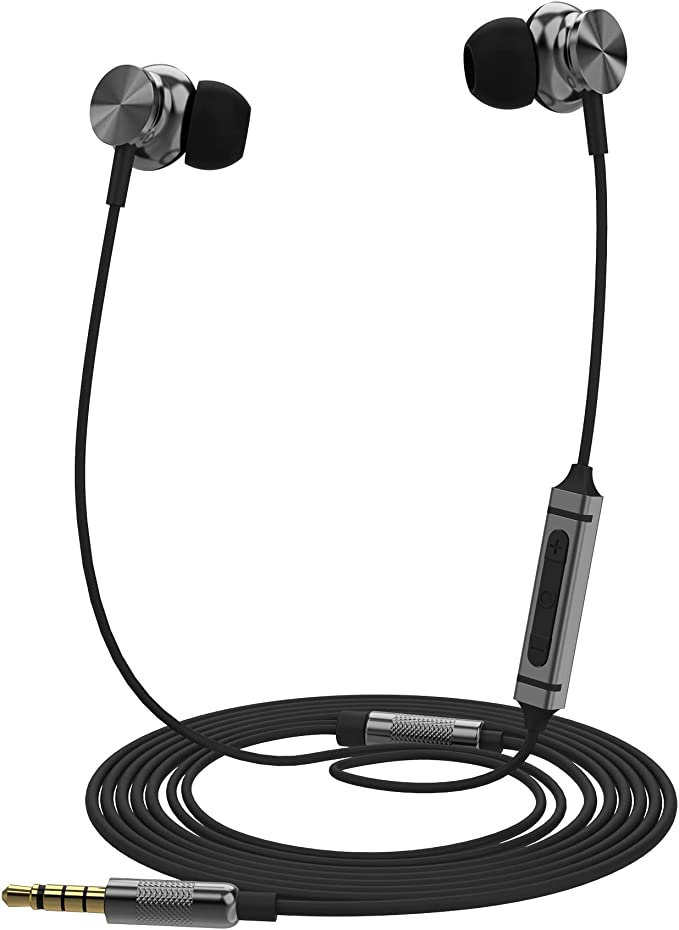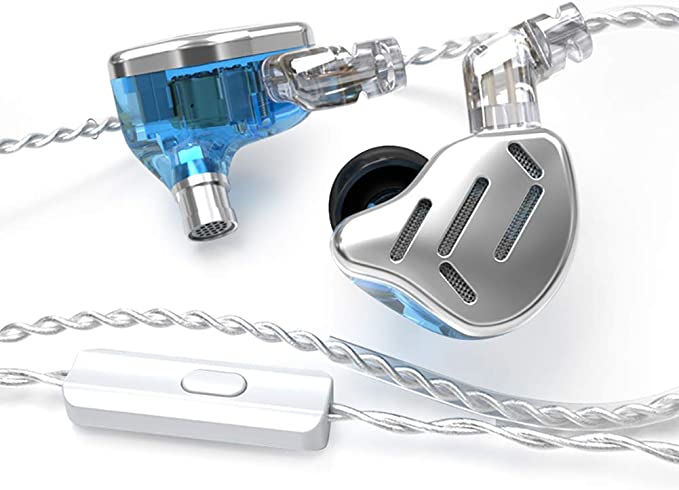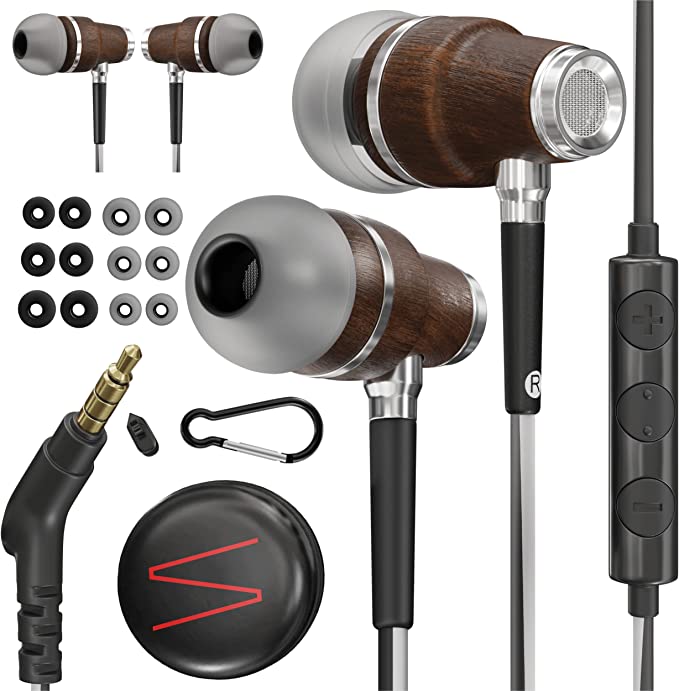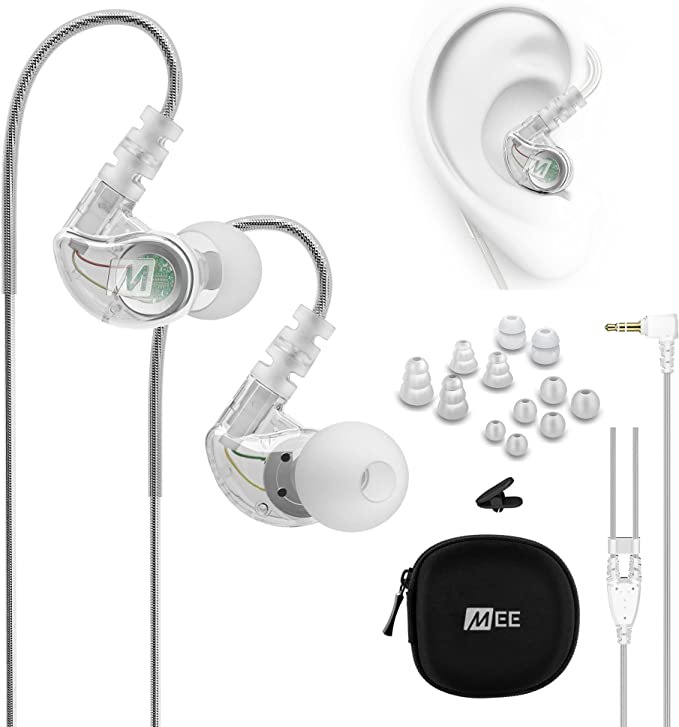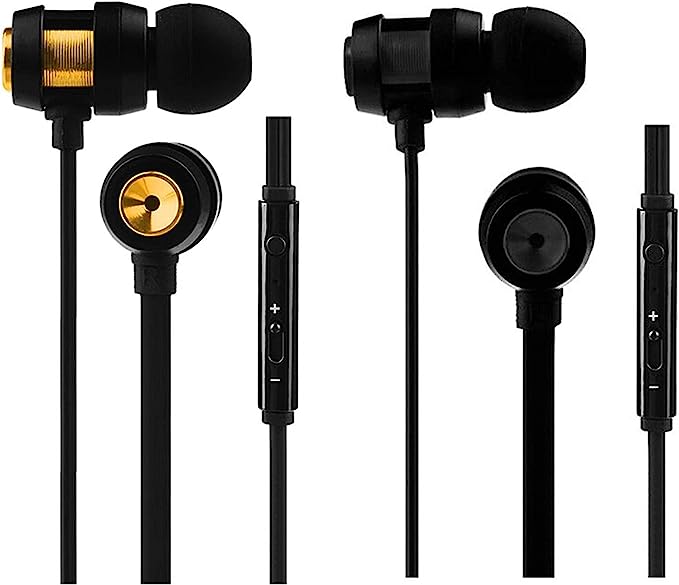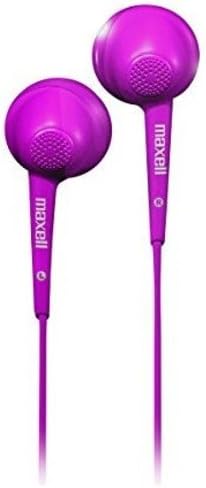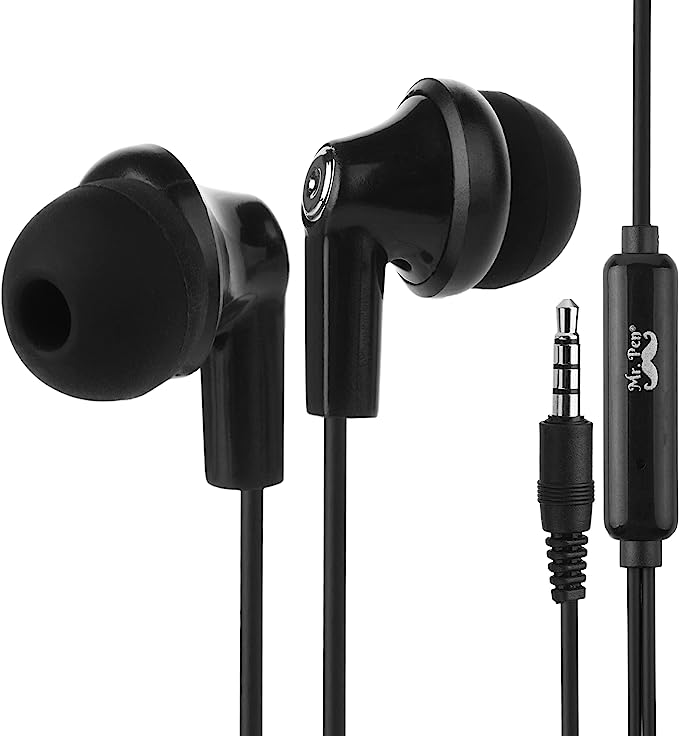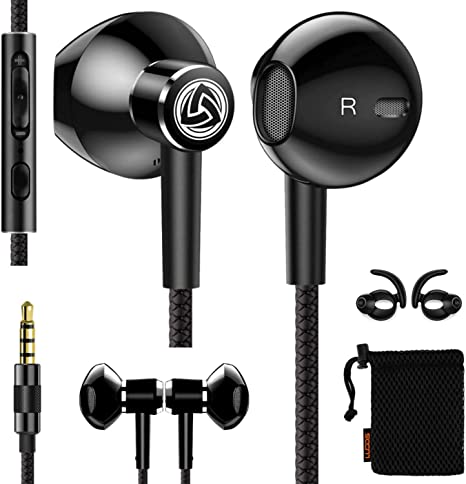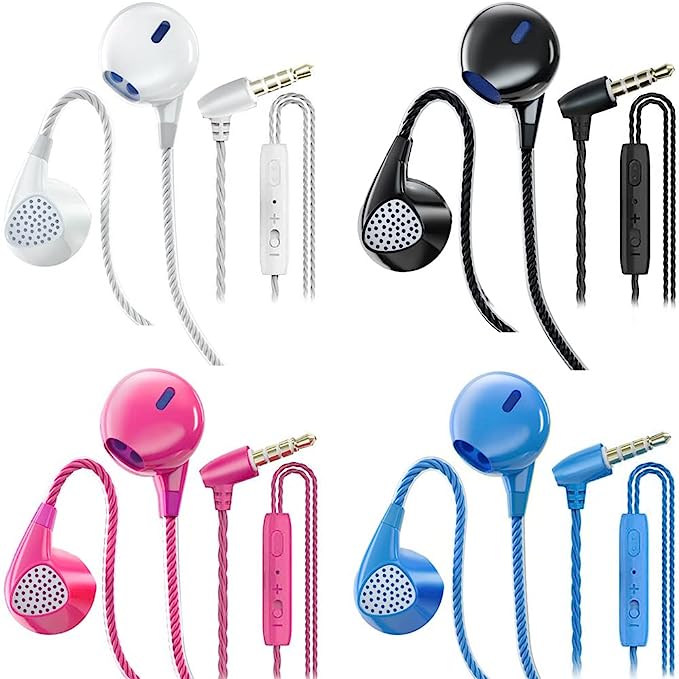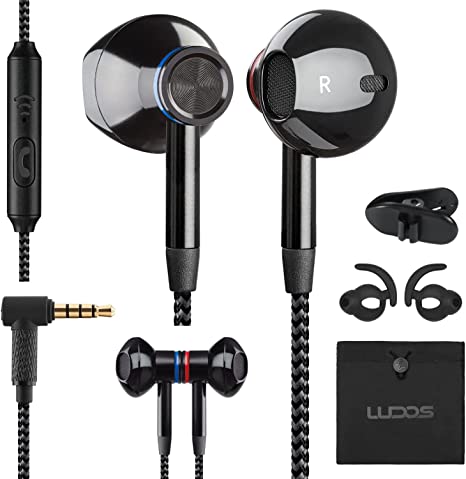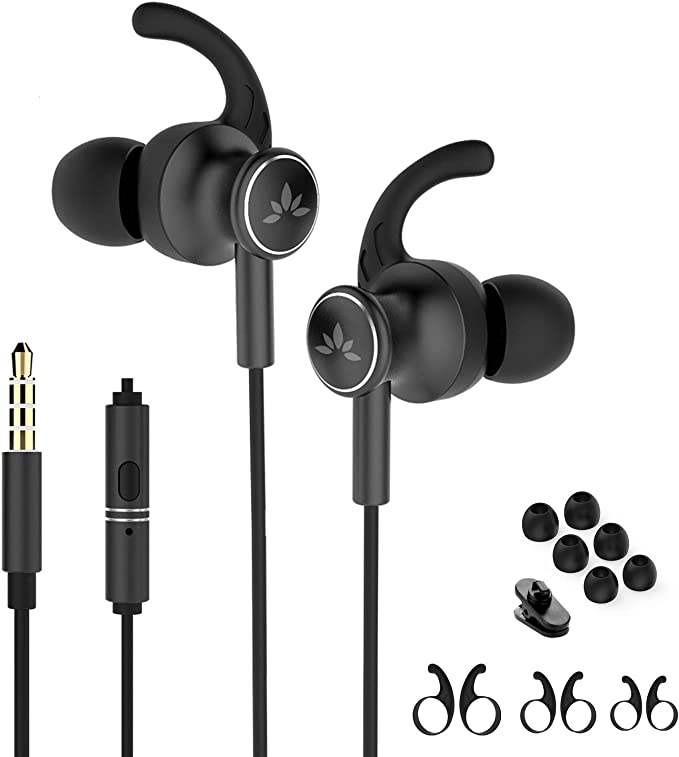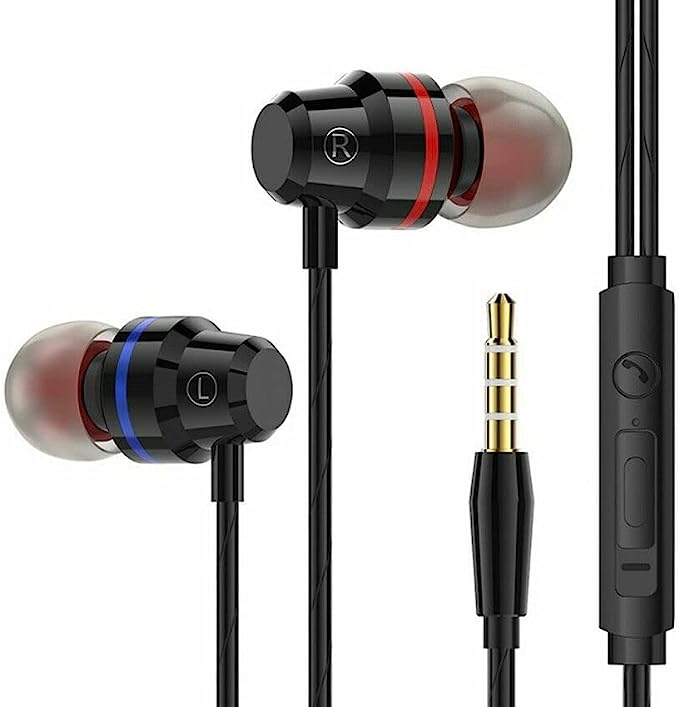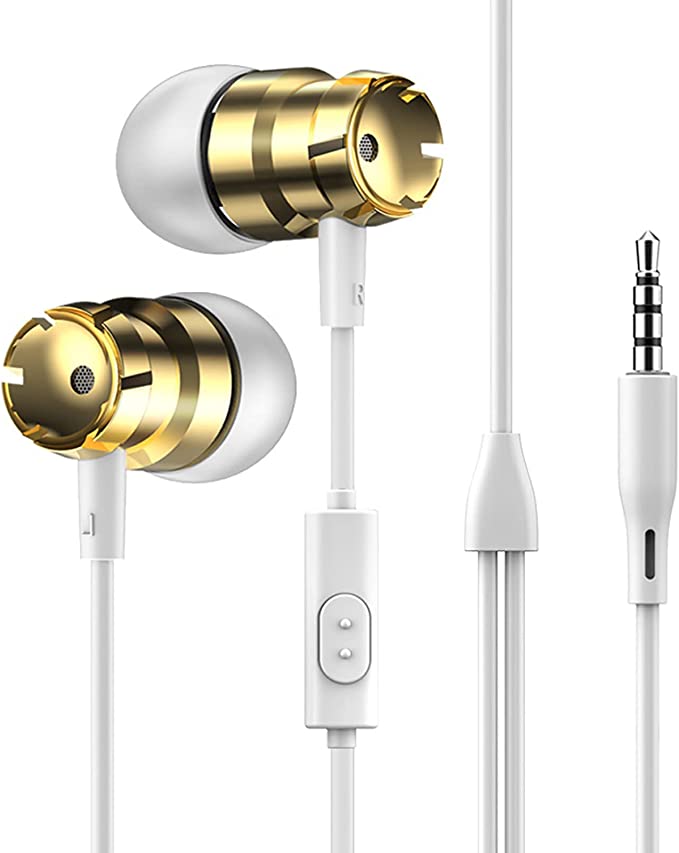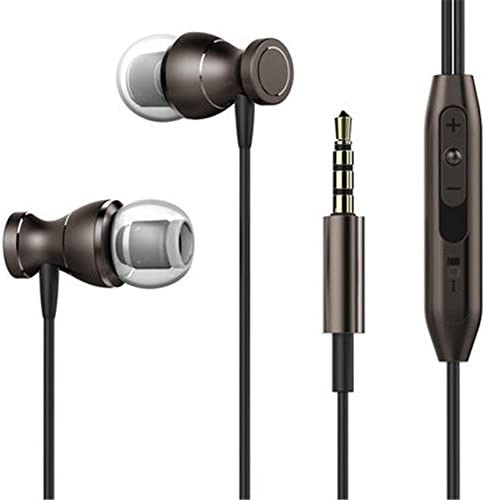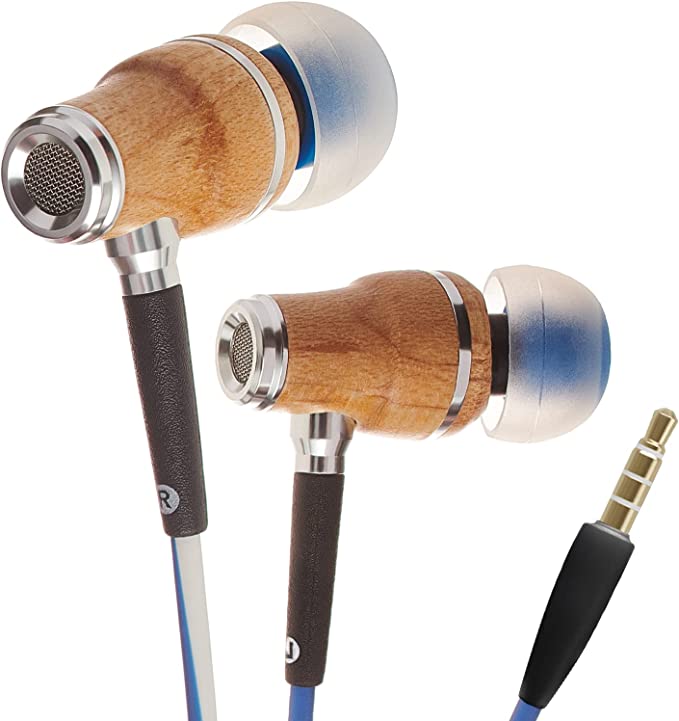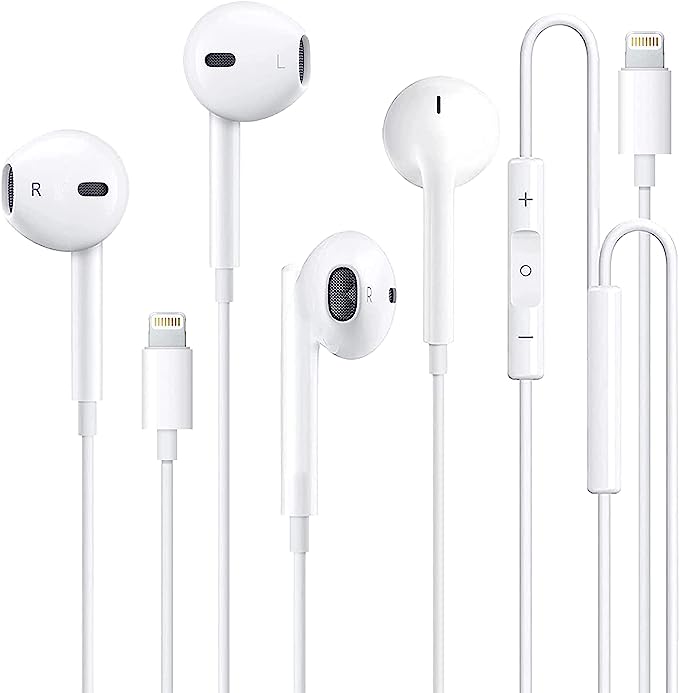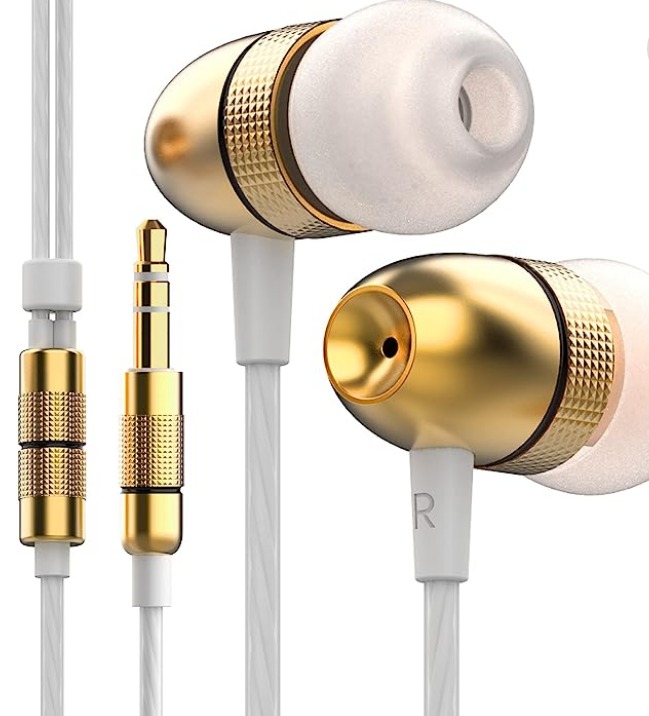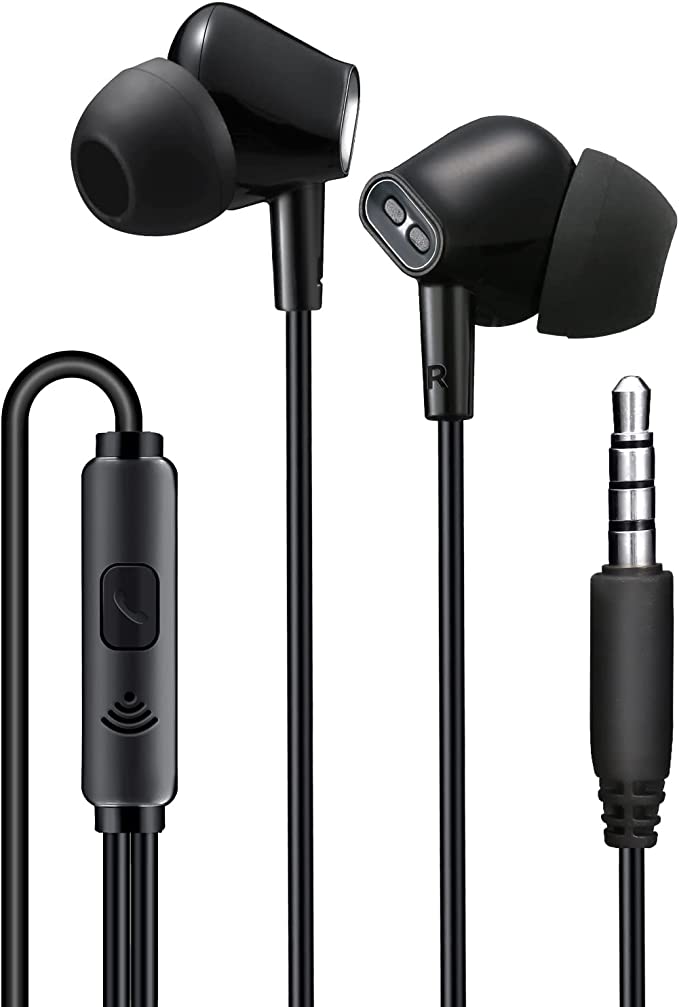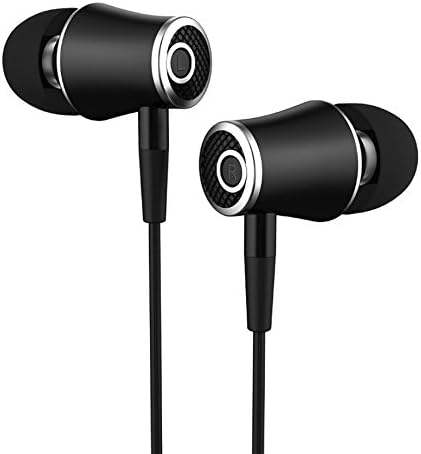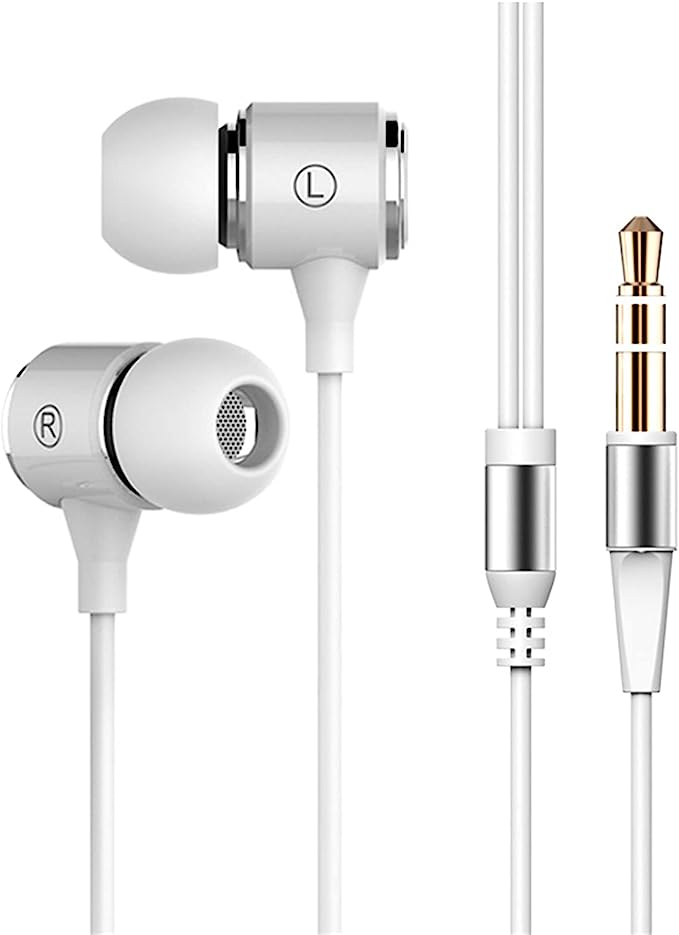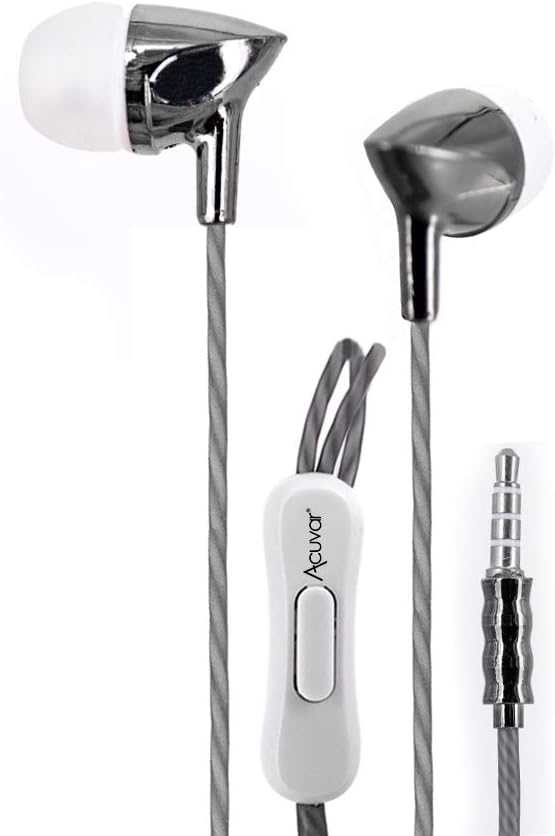AKG S-8+ Wired Earbuds: Premium Sound for Galaxy Phones
Update on June 29, 2025, 4:07 p.m.
It starts with a familiar scene: a frantic search in that one drawer, the graveyard of forgotten electronics. Past the wireless charging pads, the obsolete phone cases, and the legion of USB-C dongles, your fingers finally close around it—a tangled, unassuming pair of wired earbuds. In a world rushing towards a seamless, cable-free future, this humble object feels like a relic. But as you untangle the cord, a question arises: in our pursuit of convenience, what essential truth about sound did we leave behind?
Our artifact for this small archeological dig is a pair of earbuds like the Binqoesi AKG S-8+, styled after the legendary headphones once bundled with Samsung’s flagship phones. Let’s unravel it, not just literally, but technologically, to see why this analog anomaly still sings a compelling tune.

The Portal to the Past: Deconstructing the 3.5mm Jack
Before we even get to the sound, look at the plug. That simple, sturdy 3.5mm connector is a direct descendant of a plug used by telephone switchboard operators in the 19th century. It has survived the Walkman, the Discman, and the iPod, and for good reason: it is a masterpiece of reliable, universal design.
Look closer at its metal tip. You’ll see tiny insulating bands dividing it into sections. On a model with a microphone, like this one, you’re likely looking at a TRRS plug: Tip, Ring, Ring, Sleeve. Each segment has a job. The tip carries the signal for the left ear, the first ring handles the right, the second ring is the ground, and the sleeve at the base is dedicated to the microphone. It’s an elegant, four-lane highway for high-quality audio, sending sound to your ears and carrying your voice back, all through a single, robust physical connection. No pairing, no batteries, no dropouts. Just a satisfying click and a perfect connection, every time.

The Architecture of Comfort: Form Follows Function
Now, let’s examine the earbuds themselves. You might notice they aren’t perfectly symmetrical. The nozzle, the part that enters your ear, is angled away from the main body. This offset design is not an aesthetic quirk; it’s a brilliant piece of ergonomics.
Your ear canal isn’t a straight tunnel. It has a natural curve. By angling the nozzle, designers allow the earbud to align with this curve, rather than fighting against it. This simple adjustment has two profound effects. First, it creates a far more secure and comfortable fit, reducing pressure points and the chance of the earbud falling out. Second, and more importantly for sound, it allows the silicone tip to create a better seal inside your ear. This seal is the foundation of passive sound isolation—a physical barrier that blocks a significant amount of external noise before it ever reaches your eardrum. It’s like closing a window to a busy street, and it achieves this quiet without using a single drop of battery power.

Inside the Engine Room: The Symphony of Two Drivers
The real magic, however, is what the product page claims is hidden inside that plastic shell: a dedicated 11mm subwoofer and an 8mm tweeter. To understand why this is a big deal, imagine a tiny, high-end kitchen.
In this kitchen, you have two specialist chefs. The “bass chef” is a big, strong fellow working with a giant stockpot—this is the 11mm driver. His job is to move a lot of “air” to create the rich, deep, and resonant low-frequency flavors of basslines and kick drums. You can’t rush him; his work is about power and depth.
Nearby is the nimble “pastry chef,” working with delicate tools—the 8mm tweeter. Her specialty is the light, airy, and detailed high-frequency notes: the sizzle of a cymbal, the breath of a vocalist, the crisp snap of a snare. She is all about speed and precision.
In a standard, single-driver earbud, one overworked chef tries to do everything and ends up making a mess. But here, an invisible “traffic cop”—an electronic circuit called a crossover—directs the audio signals. It sends the low notes to the bass chef and the high notes to the pastry chef. The result is stunning clarity. Each frequency range is handled by a specialist, so the bass remains solid without turning the treble to mud, and the treble stays crisp without sounding thin.

The Tangible Connection: A Lifeline of Pure Signal
Finally, let’s consider the cord itself. The braided cable offers more than just a pleasant, fabric-like texture. From a material science standpoint, the woven sheath adds significant durability and, by creating an uneven surface, resists the smooth-on-smooth friction that causes traditional rubber cables to tie themselves into impossible knots.
But its true superiority is electrical. A wire is a direct, physical conduit. It transmits an analog audio signal from your device to the drivers without loss or latency. It doesn’t need to compress the music into a smaller digital package, send it through the air, and have the receiving end decompress and guess at any lost information, as is the case with many Bluetooth transmissions. This lossless connection is why a wired microphone almost always sounds clearer and more natural for a phone call—your voice is traveling down an uninterrupted highway, not a congested side street.
The Moment of Truth: Plugging In
So, we untangle the cord, admire the century-old plug design, nestle the ergonomic shells into our ears, and press play on a favorite track. And suddenly, it all makes sense.
The deep, resonant bass line that you can feel but doesn’t overwhelm the song? That’s the 11mm bass chef, perfectly in his element. The delicate shimmer of the hi-hats, each hit distinct and clear? The 8mm pastry chef’s masterpiece. The uncanny feeling of being in the room with the musicians, hearing the subtle texture of a guitar string or a singer’s quiet breath—that’s the gift of the pure, uncompressed signal traveling down that simple wire. The outside world seems to fade, not because of digital trickery, but because of the perfect physical seal from that clever angled design. When users describe the sound as having a “flat EQ,” they are paying it a high compliment. They are saying it’s honest. It’s not trying to impress with booming, artificial bass; it’s faithfully presenting the music exactly as the artist and engineer mixed it.
An Honest Conversation: The Compromises of the Cord
Of course, this journey isn’t without its bumps. A physical cord comes with compromises. You might experience the “microphonic effect”—the annoying thumping sound that travels up the cable when it rubs against your clothes. You are physically tethered to your device, a restriction that can feel jarring in our wireless world. And with any budget-friendly electronic, manufacturing variations can exist, which might explain why a few users report issues like low volume on their specific units. A wire is not a perfect solution for every situation.

Conclusion: The Enduring Echo
To dismiss the wired earbud as a relic is to miss the point. It is an analog anomaly, a testament to technologies that were perfected, not just replaced. It represents a conscious choice: a choice for sonic fidelity over absolute freedom, for unwavering reliability over the anxiety of a dying battery, for a focused, tangible connection to the art of sound.
So the next time you find one of these tangled treasures in a drawer, don’t see it as obsolete. See it for what it is: a direct line to your music, engineered with a century of wisdom. Sometimes, the most profound connection isn’t wireless at all. It’s a simple, humble, and beautifully purposeful piece of wire.
